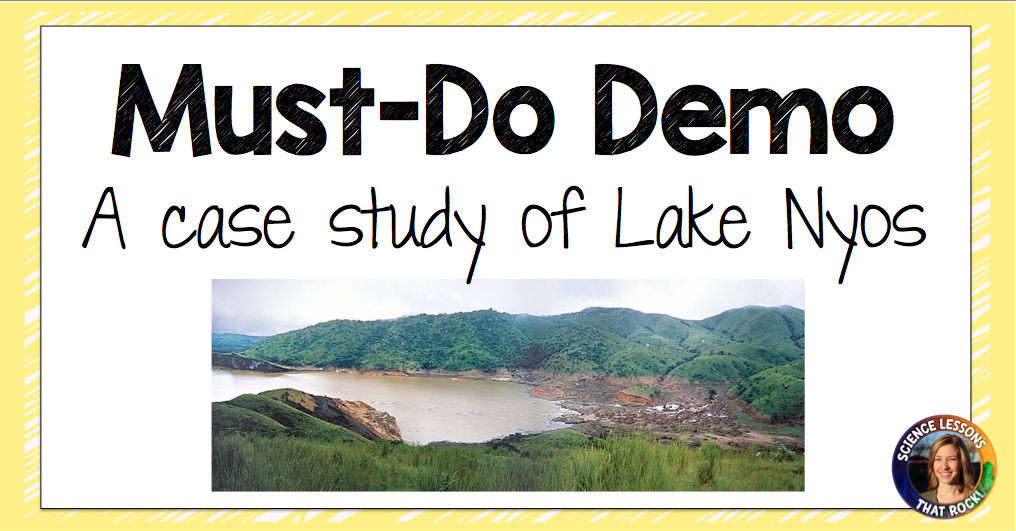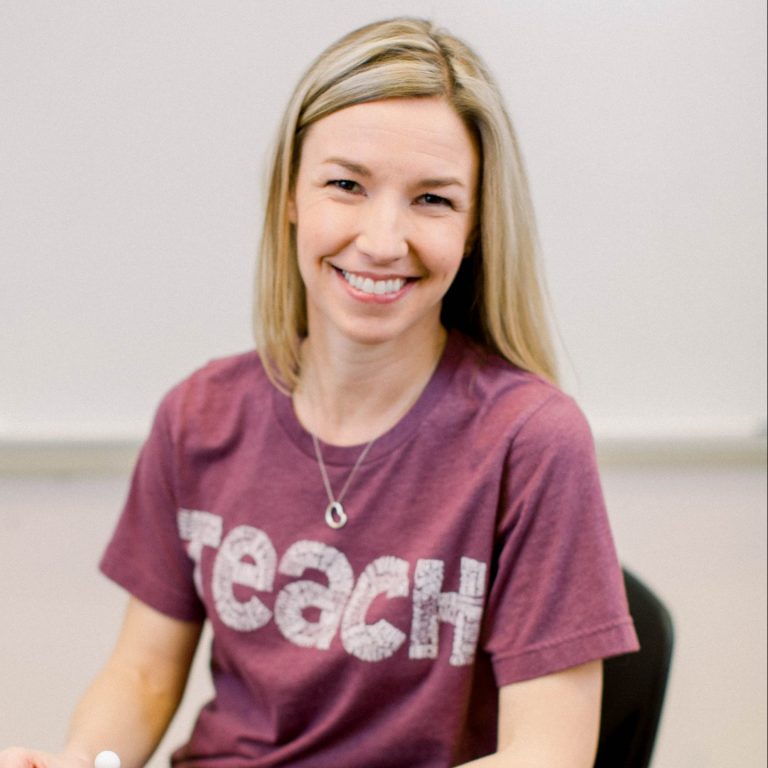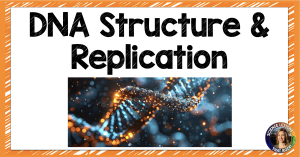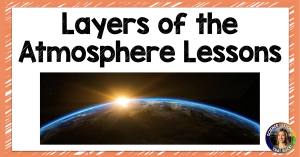While it is a devastating story to learn about, it is good in the sense that it can be applied to so many science concepts. Biology teachers can bring it up when learning about the carbon cycle. Earth science teachers can discuss the story during their volcanoes unit. Physical science teachers can use it to introduce density of gases. It’s a phenomena that is so versatile!
I begin the lesson by showing this video clip from National Geographic on Youtube. It gets the students 100% engaged and doesn’t reveal why this mystery fog killed the villagers:
Then at the end of class I like to end with a demo showing how carbon dioxide is truly more dense than air. All you need are 3 birthday candles, some clay or play-doh, a container, baking soda, and vinegar.
Cut two of the candles shorter so all the candles are different heights. Stick them to the bottom of a container with clay. Sprinkle the bottom of the container with baking soda and light the candles. Have students predict what will happen when you pour some vinegar into the container. Students will observe the lowest candle extinguishing first because the dense CO2 that is being formed stays nearest to the bottom of the container. (I do it under the document camera so all students can watch, but if you trust your students with matches you can have them do it in small lab groups instead).









